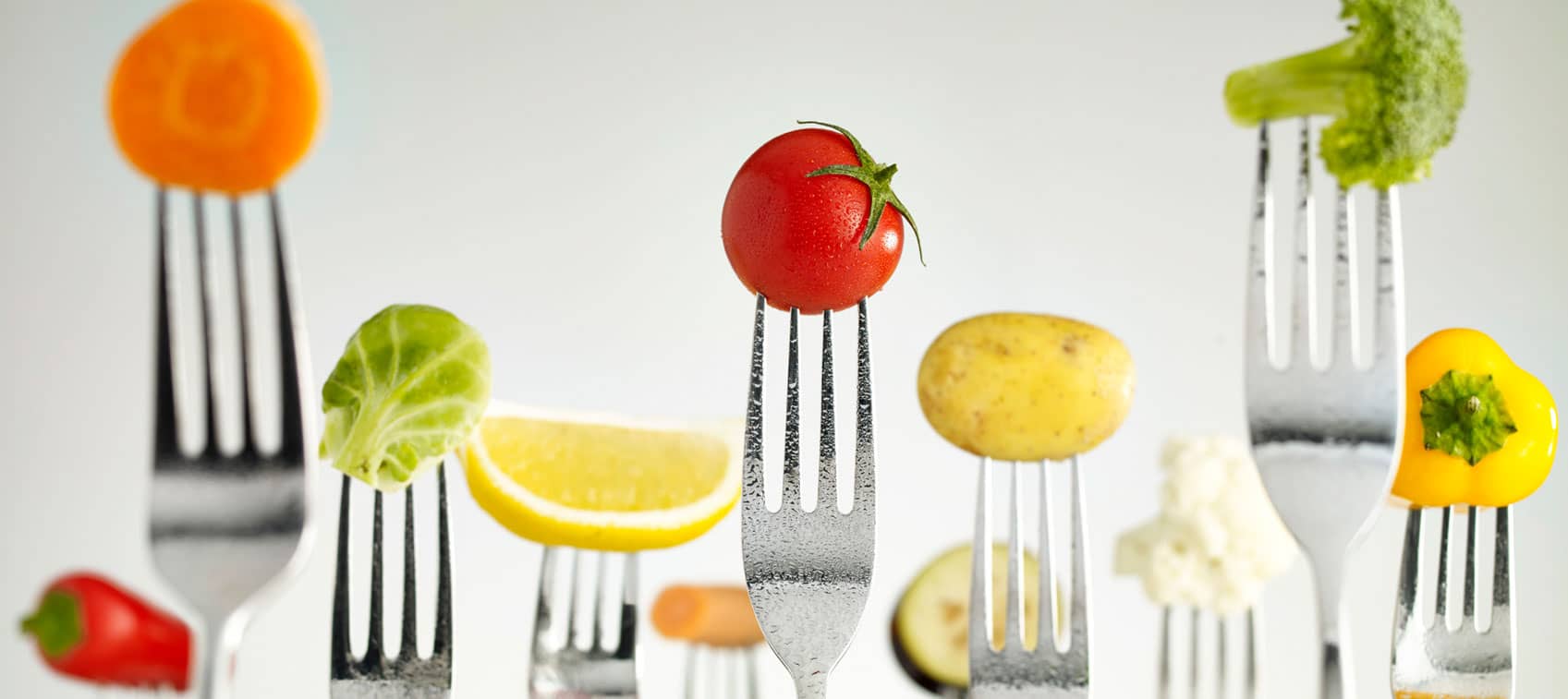
Antioxidants are compounds that work against oxidation. Oxidation isn’t always a bad thing; in fact, it’s a natural byproduct of many metabolic processes. Your immune system also relies on oxidation to penetrate the cell walls of many pathogens. Obviously, you don’t want to stop the process altogether. Instead, you want to keep it under control.
The process of oxidation creates unstable fragments called free radicals. These molecular chunks try to stabilize themselves by grabbing atoms from other molecules, setting up a chain reaction. If left unchecked, the reaction can run out of control and cause inflammation as the body responds to the assault. Under ordinary circumstances, your body has the means to manage the process. Substances such as vitamins A, C, and E, selenium, and glutathione all act to step in and absorb these free radicals.
At this point I should mention the obvious: Antioxidants themselves become reactive as they neutralize other free radicals. Fortunately, that’s what’s known as the “antioxidant cascade.” Here’s a simplified version:
- Vitamin E recharges vitamin A and the carotenoids.
- Vitamin C recharges vitamin E.
- Glutathione recharges vitamin C and the bioflavonoids.
- Alpha lipoic acid and selenium recharge glutathione.
The presence of this cascade helps explain why clinical trials examining a single antioxidant in isolation sometimes show harm to the subjects. An increased level of vitamin E, for example, will do a fine job of absorbing the free radicals it’s designed to take care of. Without adequate amounts of vitamin C, however, the used-up vitamin E is now its own sort of free radical, causing its own type of damage.
The solution is to get most of your antioxidants from foods, which contain a wide variety of antioxidants, or from a comprehensive multinutrient that provides adequate levels of several antioxidants.
If for some reason your output of free radicals increases—from, for example, radiation damage from sun exposure—then you need an increased supply of antioxidants. That’s where supplements and antioxidant-rich foods come into play.
Measuring Antioxidant Power
To determine the antioxidant power of a given substance, an amount of that substance is mixed with a compound called fluorescein—which, as you might guess, is fluorescent—and a powerful oxidant. As the fluorescein oxidizes, it loses its glow. The mixture is observed every minute for the next 35 minutes, and the level of fluorescence is recorded. Those results are then compared to the value obtained by using an antioxidant called Trolox (a water-soluble form of vitamin E). The oxygen radical absorbance capacity (ORAC) is stated in terms of “Trolox equivalents,” or TEs.
Confusion arises when you try to compare older readings with more recent ones. Another source of confusion is the amount of food being used for the comparison. Some scales show the ORAC value per serving; others show the value per gram. To confuse the issue further, the per-gram calculation can be done on a wet-weight basis (with all the natural water included) or a dry-weight basis (with the water removed). You can imagine the difference this makes with, for example, a watermelon, which is over 90 percent water.
Dried fruits are naturally going to have a higher ORAC value, because they’ve had the water removed. For example, plums have an ORAC value of 4,118 per serving (one plum), but prunes have a value of 7,291 per serving (1/2 cup). They’re obviously the same fruit, and eating two plums will give you the same benefit as eating two prunes.
For this reason, you can’t compare ORAC values taken out of context. Fruit and vegetable powders will have very high ORAC values on a per-gram basis, but you’d naturally take much less of a powder than you would of the whole food.


